free chlorine low ph high
Clearly when cyanuric acid is in the water it overpowers pH in terms of controlling chlorine strength. Low-carbon steel has a carbon content of less than 0.
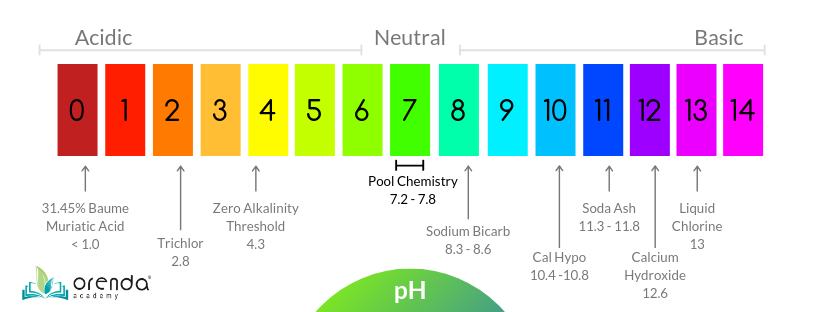
What Causes A High Ph In A Swimming Pool
As pH gets higher however the process slows down and more of your chlorine is converted into the a weaker form of chlorine.
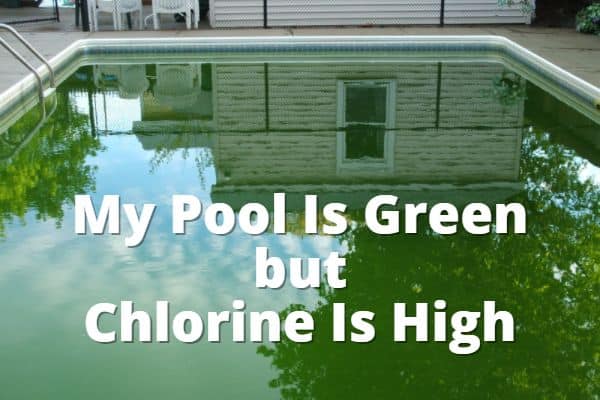
. When you test the salt concentration in the pool--which should be at least once a week--you should also test the pH. Depending on your FC level the pH could actually be lower than what is reported. This article was intended to shed light on the truth about the impact that pH and CYA each have on chlorine.
Should be equal to free chlorine most of the. What happens if free chlorine is high. Pool water may appear cloudy and dull.
For cyanuric levels of 50 the minimum free chlorine is 4. When you add chlorine to your pool it immediately breaks down into two chemical compounds. ABCs of Water Chemistry Recommended Pool Chemicals How to Chlorinate Your.
When pH is low this process is very efficient and most of your chlorine is converted into active chlorine. The ideal level for free chlorine is 2-4 ppm and combined chlorine should be less than 05 ppm. When the cyanuric level CYA is 30 the minimum free chlorine is 2.
BTW you should never wait 3 days between tests and chlorine addition. Ideal range 20 to 40 ppm safe range 10 to 60 ppm. The effect of the microstructural changes on the corrosion rate in chlorine-rich and chlorine-free media at different pH was studied using linear-polarization-resistance and dynamic-polarization-resistance methods.
To fix the problem the goal is to reach a point called breakpoint chlorination. Free Available Chlorine dissipates faster than normal. If the free chlorine level in your pool is too low bacteria and other microorganisms can grow and multiply.
The effectiveness of chlorine decreases dramatically with rising pH. FC must be added daily. The signs of high chlorine in a pool include strong chlorine odors irritations of the skin and eyes and coughing.
PH is a measure of how acidic or basic the water is. The charts at the beginning of this article show that chlorine strength HOCl is virtually the same from 70 to 85. Typically 60 grams will reduce the chlorine by 1ppm in an average backyard pool.
Have you discovered Pool School yet. At this level there is enough free chlorine in the water to neutralize all the chloramines in the water. Heres the more technical answer.
Chlorine is around 50 less effective at pH levels over 82. Scaling from calcium deposits on pool surfaces and waterline. If the waters free chlorine level is too low and its combined chlorine level is too high your pool isnt as clean as it should be.
The ideal pH for swimming pools is between seven and eight. Ideally less than 02 ppm safe below 05 ppm. An increased organic activity in your swimming pool will also cause the little bit of chlorine thats in there to be used up faster too.
Not only is it bad for your health but it can be bad for your pool due to the increase in chlorine. Generally the ideal range for free chlorine in pool water is 1-3ppm although it depends on your cyanuric acid level and how much you swim. No matter what you use follow the instructions carefully.
If your readings are in this range then you need to look further by checking the pH levels. You need to lower the pH. It can be categorized as low- medium- and high-carbon steel 101112.
If the combined chlorine is high but the free chlorine is low then that is. High chlorine levels decrease the pH of your pools water making it more acidic. Low Total Alkalinity in Pools.
Higher chlorine levels lower the pH of your pools water making it more acidic dropping the levels below 70 pH. When its 40 the minimum free chlorine is 3. Exposure to high levels of chlorine can cause lung irritation skin and eye damage and provoke asthma.
The more acidic the water the higher the likelihood of corrosion. Increase the FC and get some stabilizer CYA in the water to protect the chlorine from the sun. You should also look at your pH levels to see if you need to add in pH as chlorine reduces the amount of pH in water.
If its above the ideal range of 72 to 78 chlorine levels are likely to remain low even if the chlorinator is working overtime. High pH in Pools. Prolonged low pH can damage equipment and causes eye and skin irritation when swimming.
Etching of pool plaster. Corrosion can affect metal piping equipment and the surface of your pool tiles and concrete. For example free chlorine FC levels in excess of 10 ppm will temporarily raise pH so it is disconcerting that you report off the chart FC levels but your pH is 68.
Add your neutralizer gradually. Things that cause low free chlorine levels are excessive sunlight high bather loads and improper water chemistry. Vinyl liners become stiff and brittle.
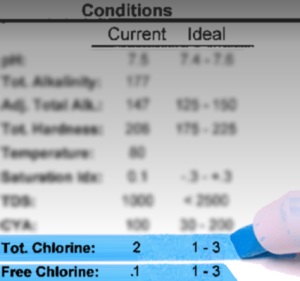
Maintaining Swimming Pool Chlorine

How To Reduce Pool Or Spa Chlorine Levels Intheswim Pool Blog

Relation Between Free Chlorine Concentration Orp And Ph Source Santa Download Scientific Diagram
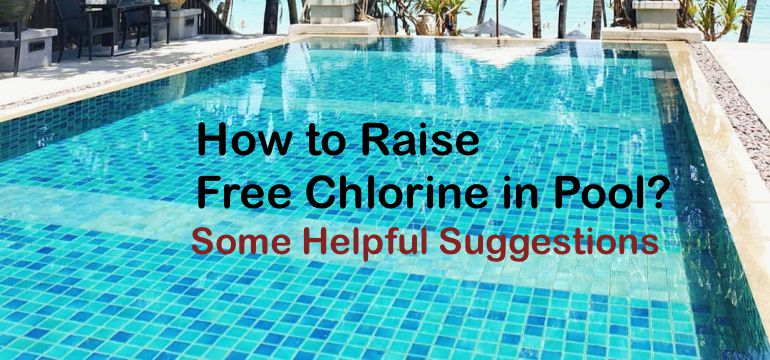
How To Raise Free Chlorine In Pool Some Helpful Suggestions
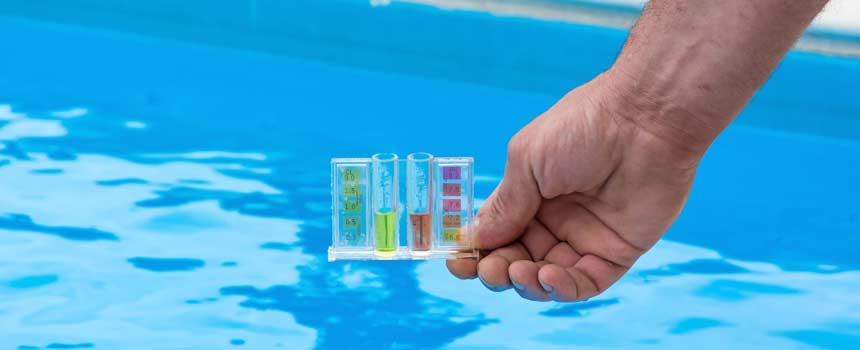
What Are Free Chlorine Combined Chlorine And Total Chlorine Pool Calculator

My Pool Is Green But Chlorine Is High Why And How To Fix

My Pool Is Green But Chlorine Is High Why And How To Fix

How Do I Correct Bad Chlorine Or Ph Balance Intermountain Aquatech Inc Utah

Raise Or Lower Levels Of Pool Chlorine The Pool Factory
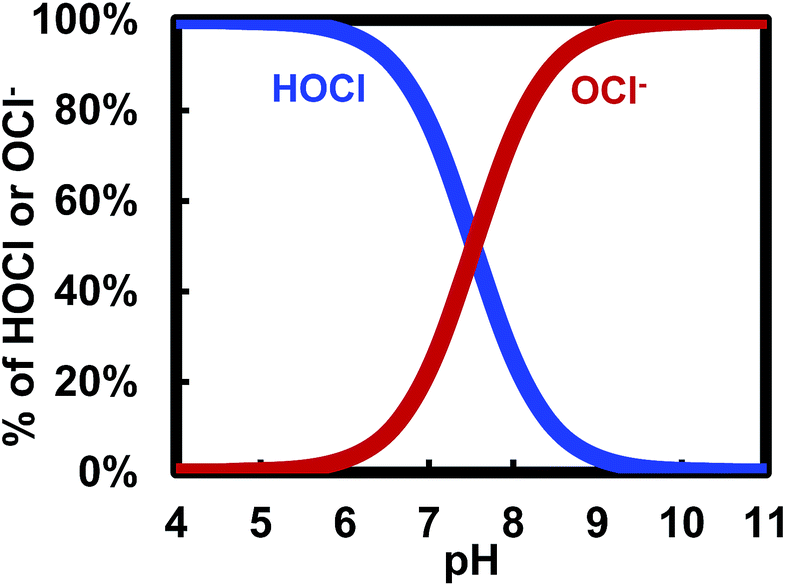
Relationship Between Ph And Total Alkalinity Pool Calculator

Relation Between Free Chlorine Concentration Orp And Ph Source Santa Download Scientific Diagram
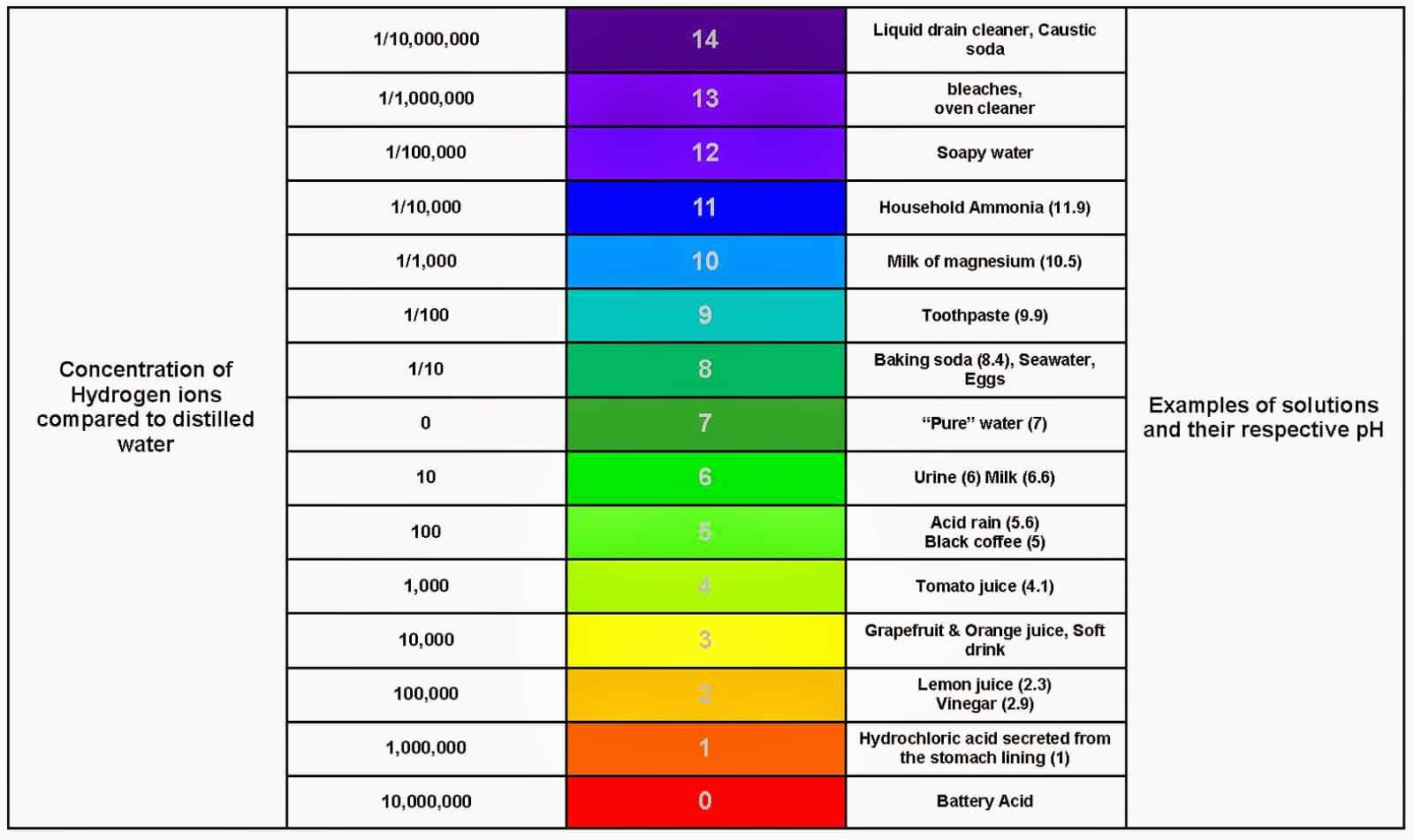
Relationship Between Ph And Total Alkalinity Pool Calculator

Pool Ph Alkalinity Tips Troubleshooting Intheswim Pool Blog
Pool Chlorine And Ph Relationships Mr Pool Man

Understanding And Determining The Importance Of The Active Free Chlorine Content Of The Free Chlorine Test Tn60 Pwtag The Pool Water Treatment Advisory Group

Is There Any Free Active Chlorine At Ph 2 Or Lower
/TestingPoolWater-40a3d4c689484d6bb1973f32346c8f07.jpg)
How To Test Free Chlorine Vs Total Chlorine Levels

Fixing Free Chlorine Level Fcl Problems In Saltwater Swimming Pools Thesummerpools Com
